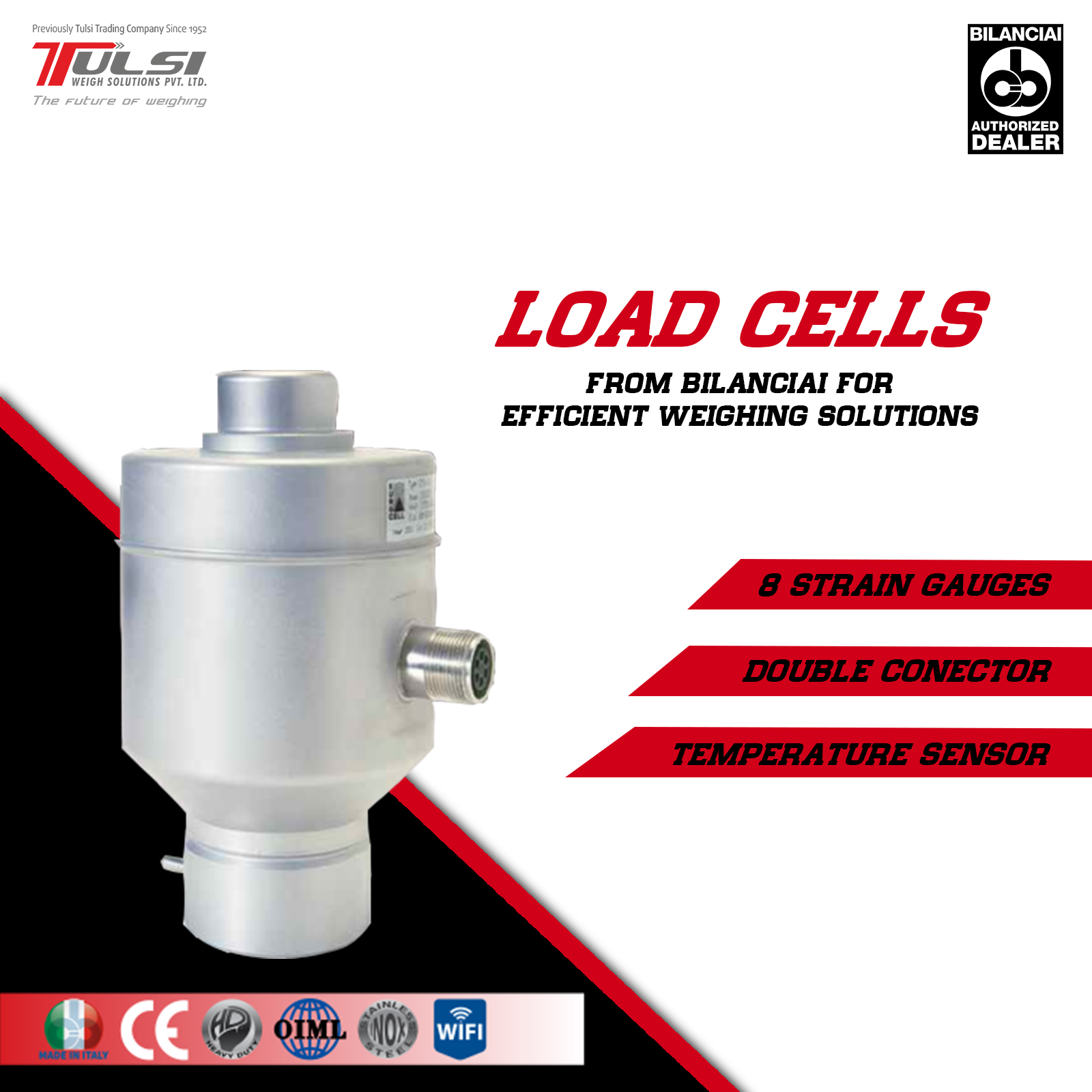Analog or Digital Load cell?
Load cell also known as a load sensor or transducer converts mechanical force into electrical signal. However, there is always a lot of confusion pertaining to the choice of load cell. An analog load cell functions differently when compared to digital load cells.
The performance of your weighing machine is determined by various components. One such vital component for any weigh bridge is the load cell. It is considered to be the heart of your weighing machine.
We do not say that analog is better than digital or vice versa. Yet, this comparison just aims to highlight the pros and cons of analog and digital load cell.
In analog load cells, analog to digital (A/D) conversion is performed at the indicator, whereas; in digital load cells perform A/D conversion using an internal A/D converter.
In analog load cells, indicators from different manufacturers can be freely combined, but, it is highly recommended to use digital load cells and indicators from the same company if you choose digital load cells.
In case you are facing calibration issues, it would be better to choose digital load cells as they are lab tested (pre-calibrated) and hence requires no site calibration. Hence, digital load cells from Tulsi Weigh Solutions are pre-calibrated.
For example, if you purchase a 60 ton weighbridge you will have to arrange for 25% of test weights (as per the Rules and Regulations by Legal Metrology Department) for calibration. But, if you purchase digital load cells you do not have to worry about calibration. But, not to forget all the requirements as per the Legal Metrology Department has to be provided depending on the State.
Thus, digital load cell reduces your problem of calibration, which is not the same with analog load cells.
Furthermore, digital load cells provide you with an added advantage. Digital load cells are capable of transmitting the weight on the load cell in digital form. This prevents any kind of manipulation and secures your weighing data. It fortifies your weighing measurement from any kind of theft.
Yet, in case of analog load cell, the signal input is received by the indicator, where it is converted to digital form. In comparison, digital load cell is more stable than analog load cell.
Corner correction is normally not required when the weigh bridge is designed using digital load cell. Nevertheless, in case of exceptional structure deformity or mounting assembly defects, the corner errors can be removed with minimal effort.
Note: You have to comply with all the rules and regulations as stated and required by the Legal Metrology Department.




